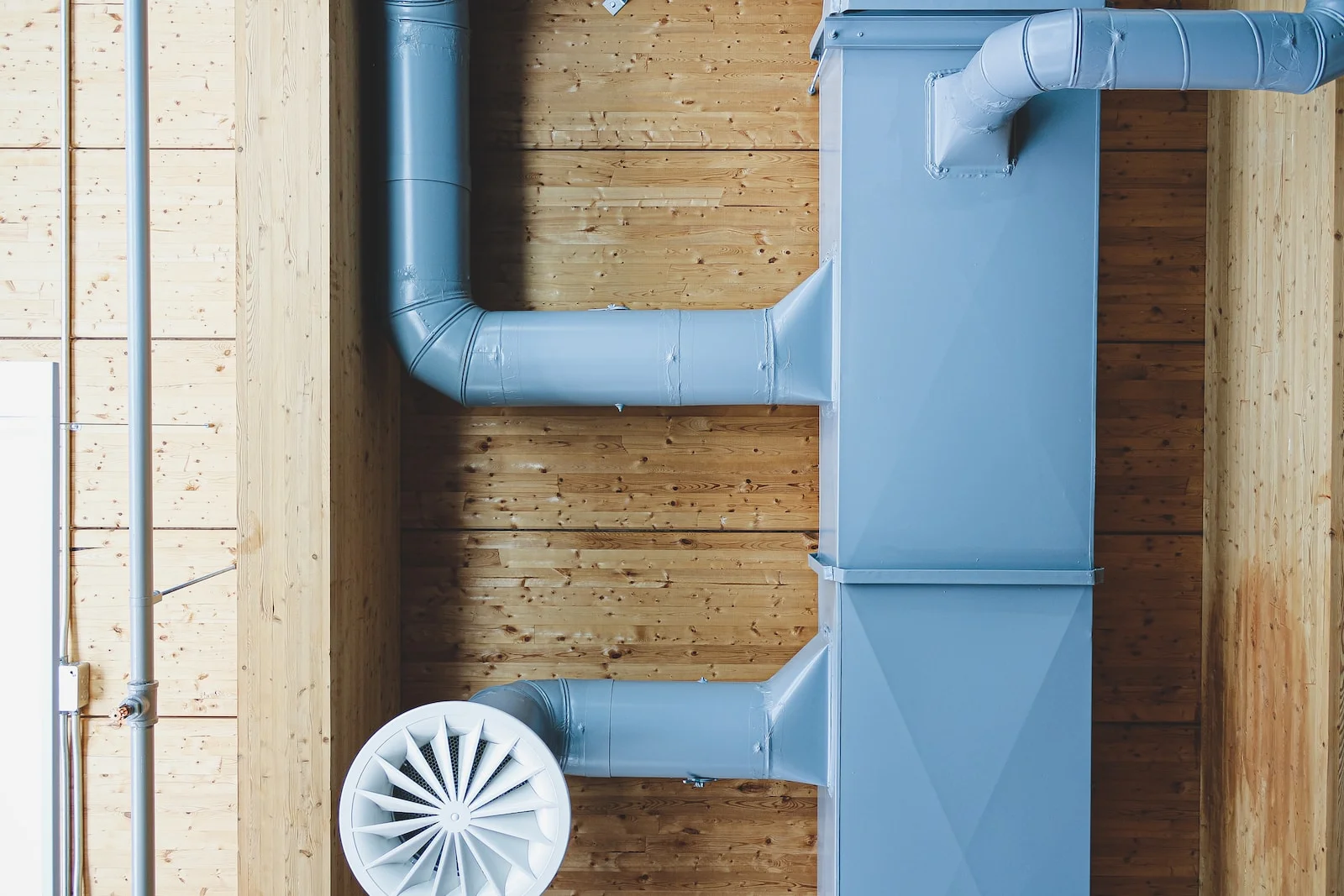UPDATED: MAY 01, 2023 | 3 MIN READ

The water heater is often the hero of your home, even if you don’t think of how hard it works. However, the repair is often frustrating and expensive when it stops working.
Drain your water heater at least twice a year to reduce the chance of expensive bills and a night without hot water. Here’s how to drain a water heater safely and why.
Why is it important to drain your water heater?
Draining your water heater is necessary for proper maintenance. Every water heater contains a tank where sediment, or mineral deposits, collects.
Sediment buildup can clog your water heater, which makes it work harder and take longer to heat to the right temperature.
Your water heater may even break, risking flooding in your closet or basement, which isn’t covered under your home insurance if it’s from a lack of maintenance. You should also drain the water heater of a vacant property to avoid the risk of water damage.
Signs you need to drain your water heater
You may need to drain your water heater if:
- You have a long wait for hot water
- There’s no hot water
- The heater emits strange knocks and sounds
- You smell an odor
- The water has a gray tone
How to drain your water heater
If you have access to your water heater’s manual, read the instructions on how to drain the water. However, most water heaters will follow the steps below:
1. Shut off the water heater’s water supply
First, shut your water heater’s supply off with the shutoff valve. The shutoff valve is at the top of the water heater.
2. Turn the power to the water heater off
Next, you should turn the power to your water heater off. You should only work on the water heater with the power off because you may burn out the heating element.
Cut off power at the fuse box or electric panel for electric water heaters if a gas heater shuts off the gas supply or turn the pilot to “vacation” or “pilot” mode. If there’s any doubt about safety, contact a skilled repair person.
3. Let the water in the water heater cool off
Experts advise letting your water heater sit overnight so it properly cools off. Water heater contents are boiling and can cause serious injury, so let the heater cool.
4. Attach the hose to the drain valve
After the water cools, attach a hose, such as a garden hose, to the water heater’s drain valve. Let the hose drain into a floor drain or outside.
5. Turn on the tap for the hot water
You can reduce the pressure in your tank and improve the water flow by turning on your nearby hot water tap.
6. Open the drain valve
Once the hose is secure and the tap is on, open your drain valve and let it start draining.
7. Turn the water supply back onto flush the tank
Keep your water valve on, turn on your cold water tap, and let it rinse the remaining sediment. Drain the water, continuing the process until it runs clear. When the water is clear, turn the valve off.
8. Refill the water heater’s tank
Now that you have clean water, you may refill your tank. Close the valve and then turn your water supply on. Let the tank fill, then turn on the power supply to the water heater. Finally, shut off the water tap.
How often should you flush your water heater?
Plumbing and HVAC specialists recommend homeowners flush a water heater twice a year. It’s best to flush it in the spring and in the fall. Homeowners in areas with hard water may need to flush their water heater more often to remove buildup.
Don’t neglect your water heater’s maintenance, or you risk a pipe bursting in the future. Sediment buildup takes its toll on your water heater, making it work harder to heat.
FAQs
Can you drain your water heater yourself?
Yes. Homeowners can drain their water heater without calling a repair service. Follow the steps we list above to ensure you drain it safely.
How long does it take to drain a 50-gallon water heater?
You can expect it to take only 15 to 30 minutes to drain a 50-gallon water heater. Most water heaters take as little as 15 minutes, but if you have heavy sediment build-up, it could take longer.
What if I have never drained my water heater?
You should drain your water heater twice a year, once in the spring and once in the fall. Homeowners with hard water may need to drain their water heater more frequently. If you have never drained your water heater, it may break or take a long time to heat properly.
How do you drain a hot water tank without a drain?
You can use a garden hose to drain a water heater into a bucket or directly outside if you don’t have a drain. Just be sure you don’t drain the water without letting it cool off overnight.
Do you have to turn off the pilot light when flushing a water heater?
You can turn the water heater to “pilot mode” or “off” when you flush your water heater. Some models also have a “vacation’ setting that prevents the water heater from heating when not in use. If your pilot light is on normal settings when you flush the water heater, it can damage it when it heats an empty tank.
Related content: